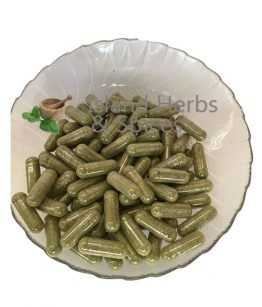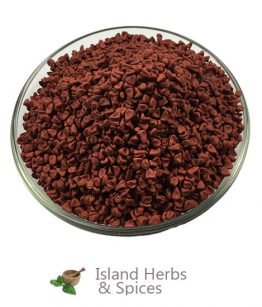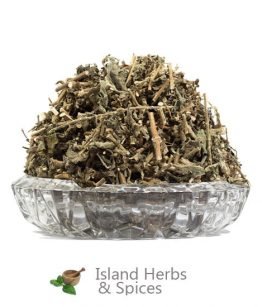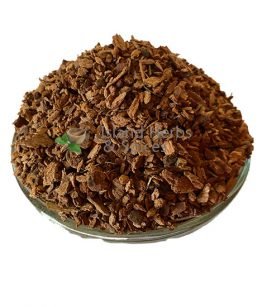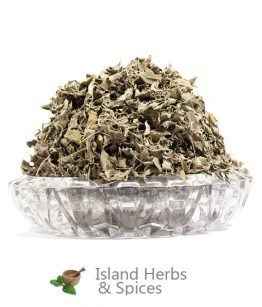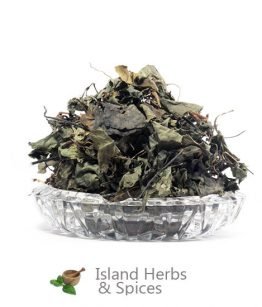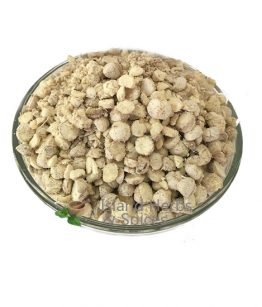Coleus Blumei/Mayana/Painted Nettle, Joseph’s Coat
Colorful, striking, and eye-catching are all adjectives that describe the foliage of the Coleus. There are various cultivars of this plant, many of which are descended from crosses between Solenostemon species like S. laciniatus and S. bicolor. A variety of shades of yellow, red, purple, green, and brown can be spotted on its leaves. The genus Coleus , family Lamiaceae , comprises of 25 species of herbaceous plants and shrubs native to India, Java, and Africa. Some species are: Coleus blumei, Coleus caninus, Coleus comosus, Coleus barbatus and Coleus esculentus. Although there are many species, the most used is Coleus blumei (Solenostemon blumei).
The Coleus plant’s look resembles that of a mint plant (not because of its colors, but because of the shape of its leaves, that is, of different sizes). Leaf shapes including heart-shaped, oval, and lanceolate may be found among the species’ variety of heart-shaped and oval-shaped leaves. Because of its therapeutic properties, as well as their beautiful leaves, they’ve become a favorite choice for many people. In India, it is more often utilized as a seasoning than a medicinal ingredient.
Its roots contain a substance called forskolin, which has the potential to have an impact on the heart’s muscles and the blood vessels’ walls, resulting in stronger heartbeats and lowering the risk of hypertension.
Varieties of Coleus
There are many types that are obtained by hybridizing several species grouped by size and shape of the leaves, color; among other features. Almost all varieties are the result of crossing Coleus blumei (originally red) with Coleus verschaffeltii. The best known varieties of Coleus are those with shades of copper framed by a yellow stripe. Its leaves are opposite, petiolate, simple and mostly toothed, notable for their striking color, from yellow to purple, brown to green and sometimes scarlet. Variegated spots are distributed on the leaf surface in dots, streaks, and concentric zones.
Medicinal Uses
High blood pressure
According to preliminary studies, elderly persons with hypertension who take tuberous root or whole root coleus tablets for two months noticeably drop blood pressure.
Idiopathic congestive cardiomyopathy
According to several studies, forskolin injection therapy enhances heart function in persons with congestive cardiomyopathy.
Glaucoma According to preliminary studies, consuming a special combo supplement including forskolin may help glaucoma patients’ eyesight marginally.
Obesity
In overweight and obese men, taking a special coleus supplement called may only marginally reduce body fat rather than weight. Other preliminary research, however, has revealed that there is no assistance for weight loss or fat removal.
Other uses
In addition to these conditions, coleus has been used to treat allergies, blood clots, cancer, chest discomfort, insomnia, IBS, menstrual cramps, seizures, and skin, bladder, or urinary tract infections.
NOTE: We highly recommend that before using any herbal medications you should consult your health care provider or medical doctor for professional advice.
Disclaimer: All herbs and spices listed on http://islandherbsandspices.com/ or sold for medical and household use only, again we advice that before using any HERBS for medical purposes, please consult your physician.


